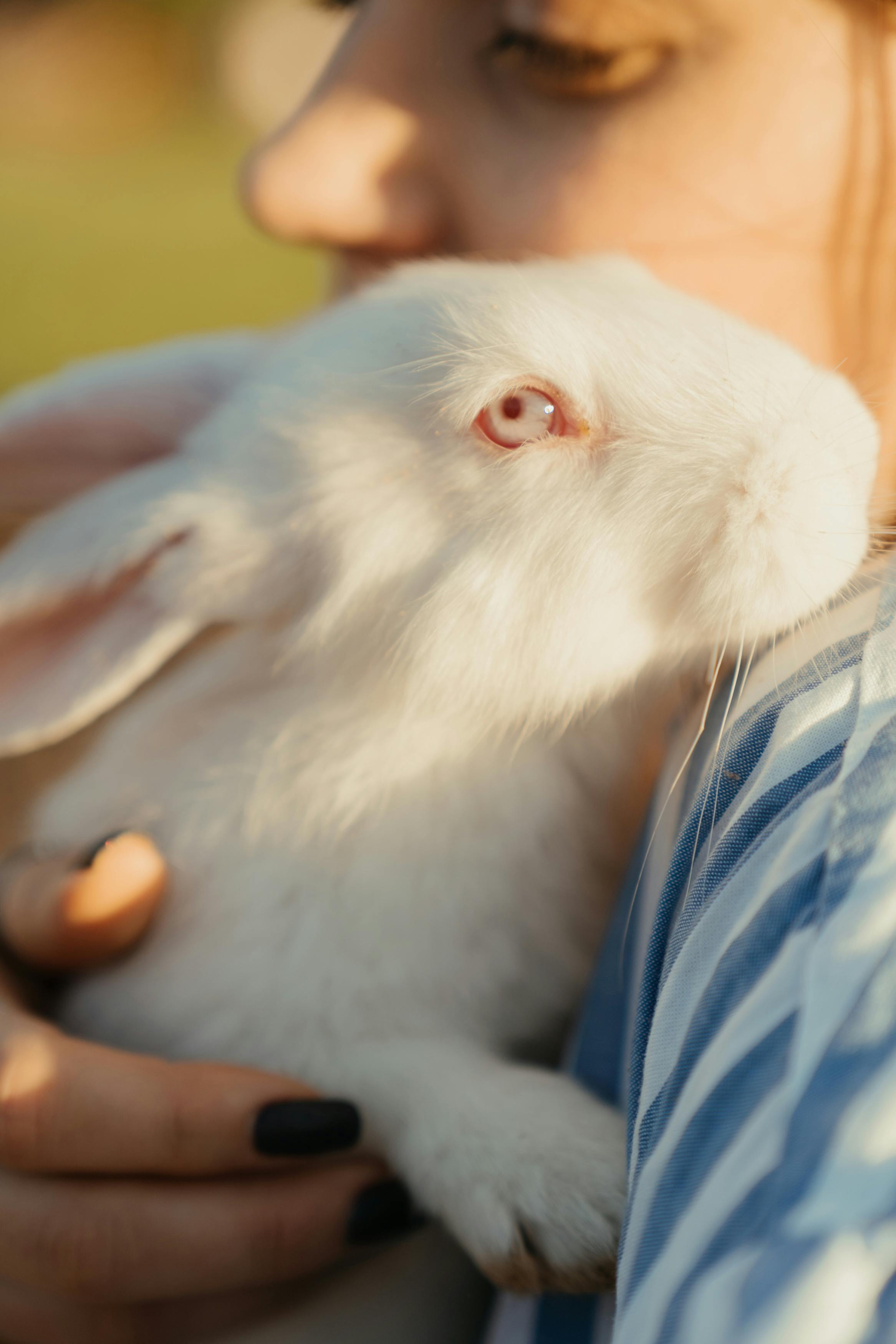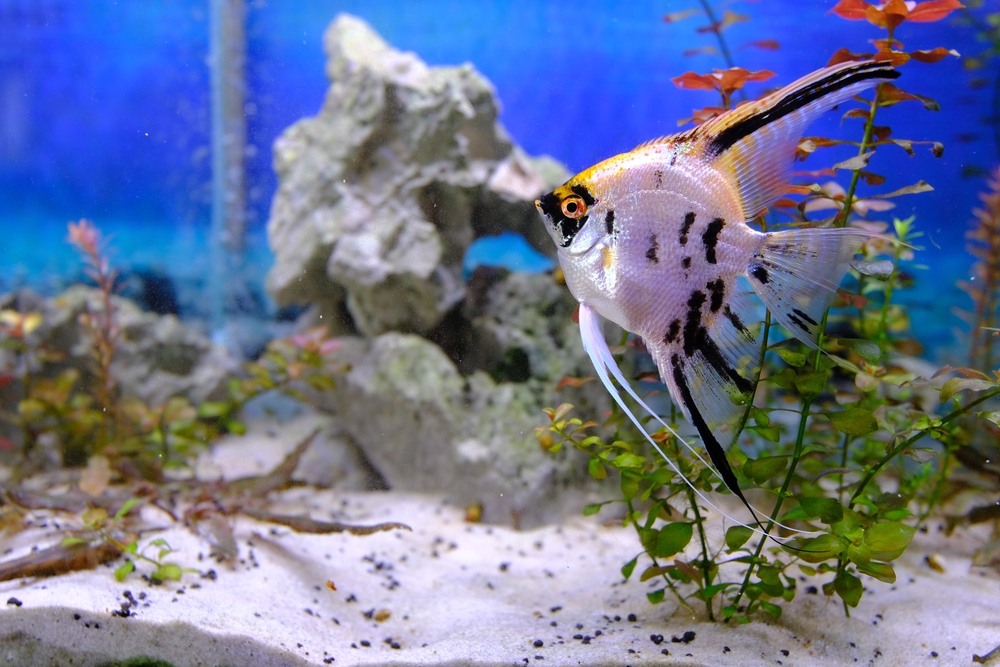Comprehensive Guide to Neocaridina Shrimp Colors: Discover Vibrant Choices in 2025

Comprehensive Guide to Neocaridina Shrimp Colors
Neocaridina shrimp are beloved by shrimp enthusiasts and aquarists alike due to their vibrant colors and ease of care. As we move into 2025, the array of neocaridina shrimp colors available is more diverse than ever, allowing aquarists to create stunning aquatic landscapes. Understanding the various types of neocaridina shrimp and their characteristics can significantly enhance the aesthetic appeal of your aquarium. This guide not only highlights the colorful options but also covers essential care tips, breeding techniques, and environmental needs crucial for maintaining healthy and vibrant shrimp populations.
In this article, we'll explore the different neocaridina shrimp species, delve into their care requirements, and provide insights into their dietary needs and lifespan. We'll also discuss tank setups, breeding strategies, and tips for ensuring a thriving community tank. By the end, you'll be equipped with the knowledge to make informed choices about your shrimp hobby, enhancing the beauty and health of your tank.
Key Takeaways:
- Diverse color options enhance aesthetic appeal
- Proper care and environmental setups are crucial for successful shrimp keeping
- Knowledge of breeding techniques and diet enhances shrimp vitality
Essential Neocaridina Shrimp Colors and Their Characteristics
Neocaridina shrimp come in a stunning variety of colors including red, blue, yellow, and green, known for their vibrant hues that can brighten any aquarium. These shrimp are not only visually striking but also represent different neocaridina shrimp patterns and genetic traits, making them a favorite for shrimp aquarists.
Popular Neocaridina Shrimp Varieties
Some popular varieties include the Red Cherry Shrimp, which is known for its deep red coloration, and the Blue Dream Shrimp, which showcases a beautiful azure hue. The Yellow Neocaridina, often called the "Sunshine" shrimp, brings a bright, cheerful appearance to the aquarium, while the Green Jade shrimp provides a unique emerald touch. Each variety has distinct patterns and behaviors which can enhance the community tank experience.
Understanding Shrimp Color Variations
The color variations in neocaridina shrimp are influenced by genetics, environmental factors, and diet. The presence of certain pigments can be boosted by a healthy diet rich in carotenoids. Additionally, environmental factors such as tank lighting, substrate choice, and plant arrangements greatly impact color vibrancy. This leads to variations in coloration even within the same species, adding a layer of interest to your aquarium setup.
The Genetic Makeup of Shrimp Colors
Understanding the genetic basis of shrimp coloration can help breeders select for specific traits. Each color is linked to specific genes, making breeding a fascinating aspect of the shrimp hobby. Knowledge of these genetic factors not only aids in achieving desired colors but also enhances the hobbyist's ability to maintain diversity within their populations.
Building on these fundamentals, let’s explore the care guidelines necessary for keeping neocaridina shrimp healthy and vibrant.
Essential Care Tips for Neocaridina Shrimp
Proper care is critical to ensuring the health and vibrant coloration of your neocaridina shrimp. Taking into consideration their specific needs can lead to a thriving aquatic environment. Considerations include tank setup, water parameters, diet, and health monitoring.
Creating the Ideal Tank Setup
When setting up a tank for neocaridina shrimp, it’s essential to incorporate suitable filtration systems and decorations. Choose a tank of at least 10 gallons for a stable environment; smaller tanks can lead to rapid fluctuations in water quality. Incorporate aquatic plants like java moss or anubias, which not only offer hiding spots but also serve as grazing areas for shrimp. Ensure your filtration system is gentle enough to avoid stressing the shrimp, which thrive in calm waters.
Maintaining Optimal Water Parameters
Neocaridina shrimp require specific water parameters to thrive. The ideal temperature range is between 22-26°C (72-78°F), with a pH of 6.5-8.0. Regular water testing is essential; ammonia and nitrite levels should be at zero, while nitrates must be kept below 20 ppm. Performing regular water changes can help maintain these parameters and promote a healthy environment for your shrimp.
Feeding Neocaridina Shrimp Properly
Feeding a balanced diet is vital for neocaridina shrimp growth and coloration. Utilize high-quality shrimp pellets, blanched vegetables like zucchini or spinach, and specialized foods that enhance color. Avoid overfeeding, as uneaten food can lead to water quality issues, adversely affecting shrimp health. Additionally, feeding frequency should be limited to once per day to maintain successful digestion and nutrient absorption.

With these care fundamentals established, let’s dive into the breeding aspects of neocaridina shrimp, which can offer new opportunities for vibrant color variations.
Breeding Techniques for Neocaridina Shrimp
Breeding neocaridina shrimp can be a rewarding aspect of shrimp keeping, especially for those looking to enhance their tanks' colorful displays. Understanding the breeding process, as well as the tank setup and environmental factors needed for successful breeding, is crucial.
Understanding Neocaridina Shrimp Breeding Process
Neocaridina shrimp are relatively easy to breed, requiring minimal special care. The female typically carries fertilized eggs for around 30 days before releasing them into the tank as tiny shrimp. Providing a properly conditioned environment with stable water parameters is critical during this time. As the shrimp grow, maintaining a varied diet can promote healthy development.
Creating a Breeding-Friendly Environment
To foster breeding, consider a separate breeding tank or a well-planted area within the main tank. Target a gentle current with low water flow and ensure a balanced pH level. The presence of fine-leaved plants for the shrimp to cling to during the molting process encourages successful breeding outcomes.
Addressing Common Breeding Challenges
Potential challenges include low survival rates due to poor water quality or aggression from tank mates. It’s essential to monitor closely and address any health issues promptly. Researching suitable tank mates is vital; ensuring peaceful cohabitation can be a key factor to the success of your breeding program.
With knowledge of breeding practices complete, we turn our attention to the health management of neocaridina shrimp, which is fundamental for maintaining vibrant populations.
Ensuring Health and Longevity of Neocaridina Shrimp
A healthy neocaridina shrimp population is key to sustaining vibrant colors. Monitoring shrimp health involves understanding common health issues, conducting routine water quality checks, and ensuring proper care practices.
Common Health Issues in Neocaridina Shrimp
Like any aquatic creatures, neocaridina shrimp can suffer from health issues such as molting problems, bacterial infections, and stress-related diseases. Regular health checks are crucial for early detection. Observing for signs like abnormal swimming patterns or changes in coloration can indicate underlying issues that must be addressed.
Maintaining Water Quality for Shrimp Health
Ensuring optimal water quality in your shrimp tank protects against health complications. As shrimp are sensitive to changes in water parameters, maintaining stable pH, temperature, and low levels of nitrates is essential. Regular water changes and using quality testing kits can greatly assist in monitoring conditions.
Monitoring Neocaridina Shrimp Behavior
Behavioral observation serves as a valuable tool for assessing shrimp health. Healthy neocaridina shrimp are active and social, often foraging and interacting with their surroundings. Any signs of lethargy or abnormal hiding can signify distress. Implementing environmental adjustments quickly can aid in recovery.

Maintaining a Colorful Neocaridina Shrimp Population
To keep a diverse and vibrant neocaridina shrimp population, understanding shrimp coloration genetics is crucial. Implementing good breeding practices and environmental management ensures lasting success within your aquarium's ecosystem.
Integrating Breeding for Color Enhancements
For those interested in enhancing shrimp colors, selective breeding based on shrimp coloration genetics can yield striking results. Keeping track of color lineage can help predict potential offspring colors and guide breeding strategies.
Creating Tank Environments that Favor Color Vibrancy
Proper lighting and decor promote shrimp color retention, with dim or shaded areas allowing for varied coloration displays. Additionally, ensuring adequate plant coverage provides security, contributing to overall health and thus color vibrancy.
Social Dynamics and Their Effects on Color
Understanding the behavior of shrimp in a social setting can show how they interact and display their colors. Shrimp kept in groups often showcase more vivid colors due to the need for social interactions. Ensuring proper tank mates plays a pivotal role in allowing the shrimp to thrive and display their beautiful colors.
Through the exploration of neocaridina shrimp colors and their maintenance, we hope to inspire aquarists to dive deeper into colorful shrimp keeping within their aquariums.
Q&A: Common Questions About Neocaridina Shrimp
What are the best colors for beginner aquarists?
Novice shrimp keepers may opt for those known for hardiness and vibrant hues, such as the Red Cherry or the Blue Dream. These varieties tend to be more forgiving of less-than-ideal conditions.
How often should I change the water in my shrimp tank?
Regular water changes should be conducted every 1-2 weeks, replacing about 10-15% of the tank water while monitoring quality to ensure healthy water parameters.
Can I keep neocaridina shrimp with fish?
Yes, but choose smaller, peaceful species with compatible behaviors. Avoid aggressive fish that might stress or prey on the shrimp.
This guide highlights the vibrant world of neocaridina shrimp colors and serves as an essential resource for aquarists looking to maintain or expand their colorful aquatic collections. Each area of focus—from tank setup to breeding—provides valuable insights into the care of these beautiful creatures.